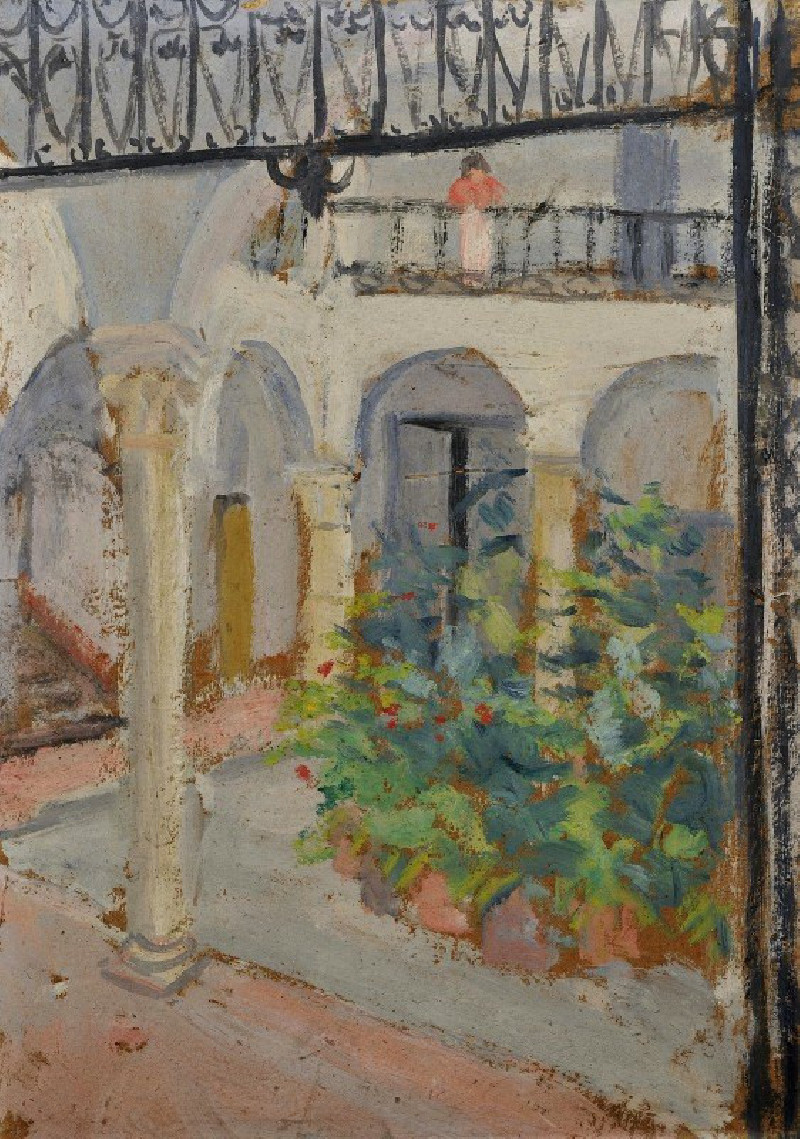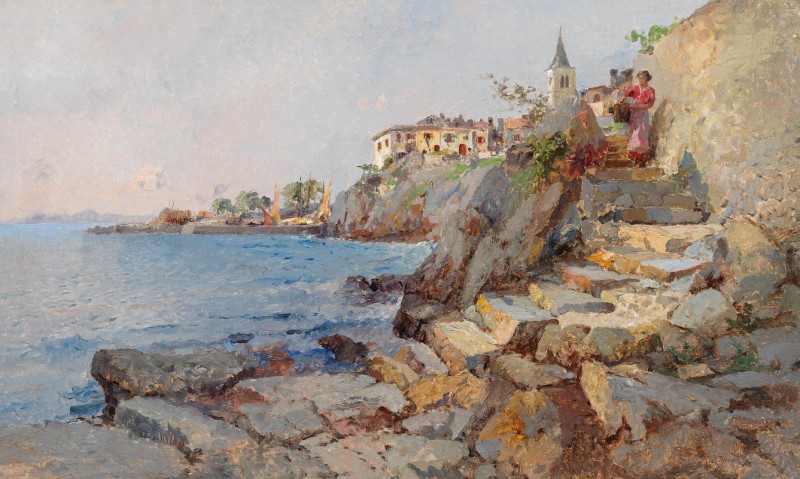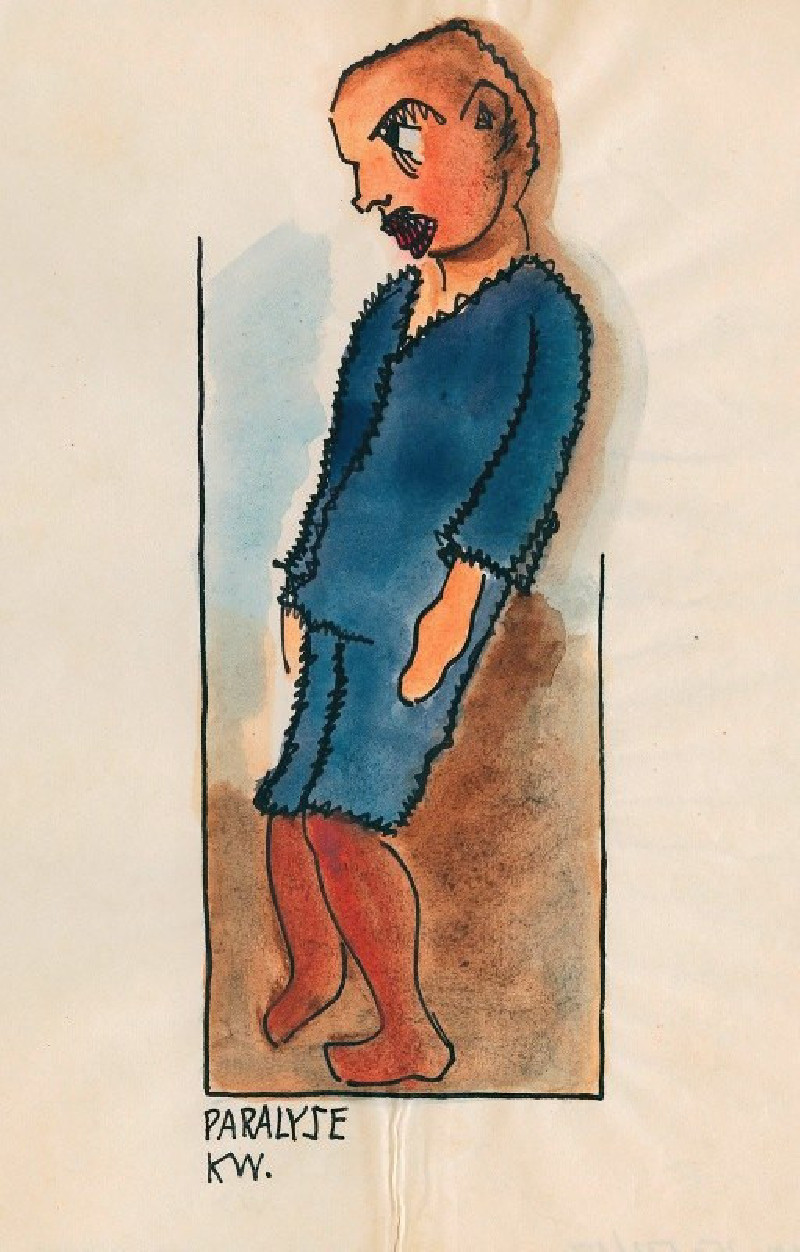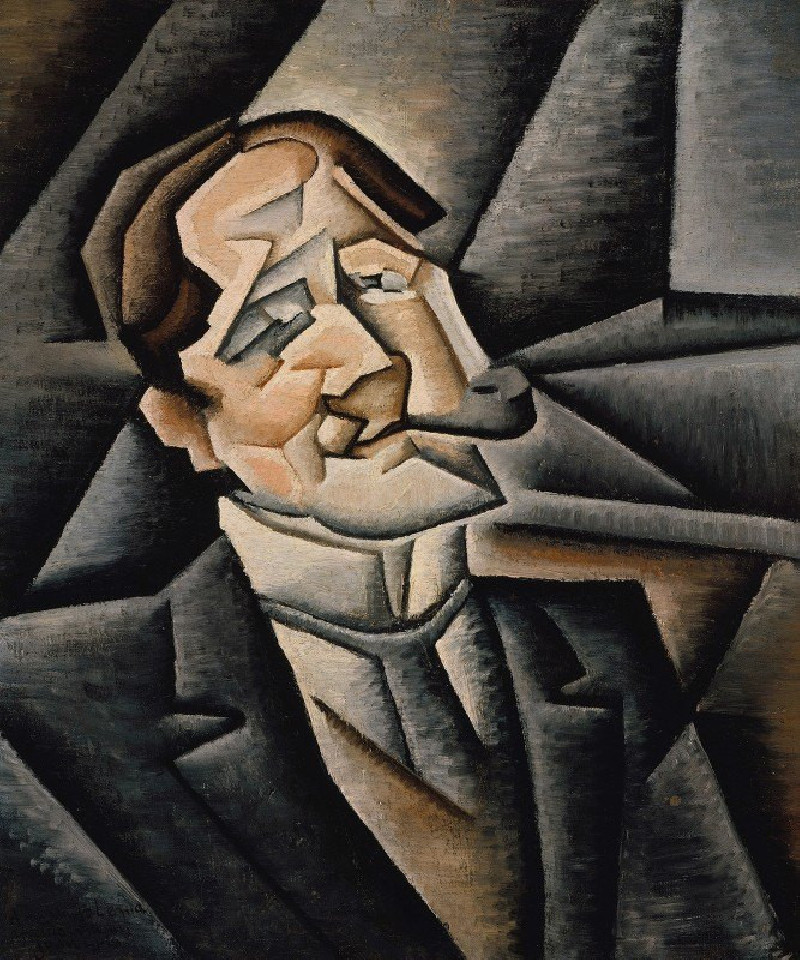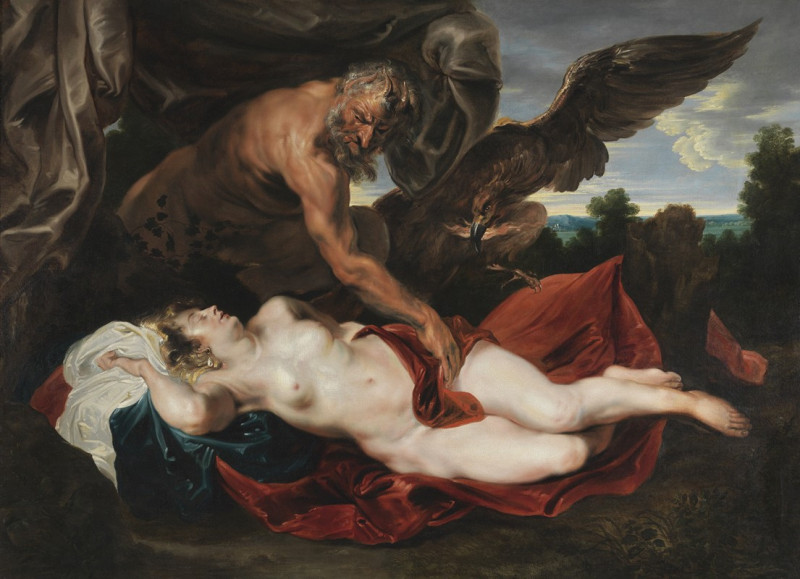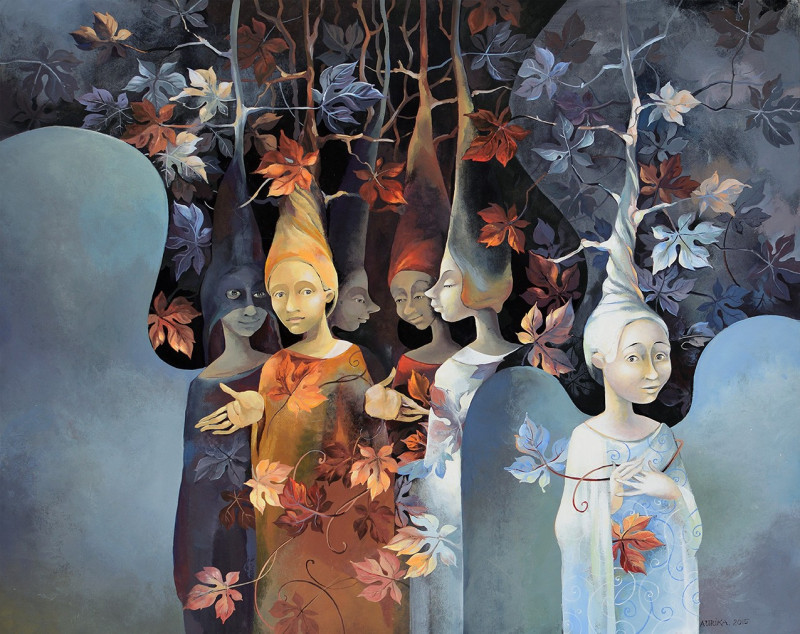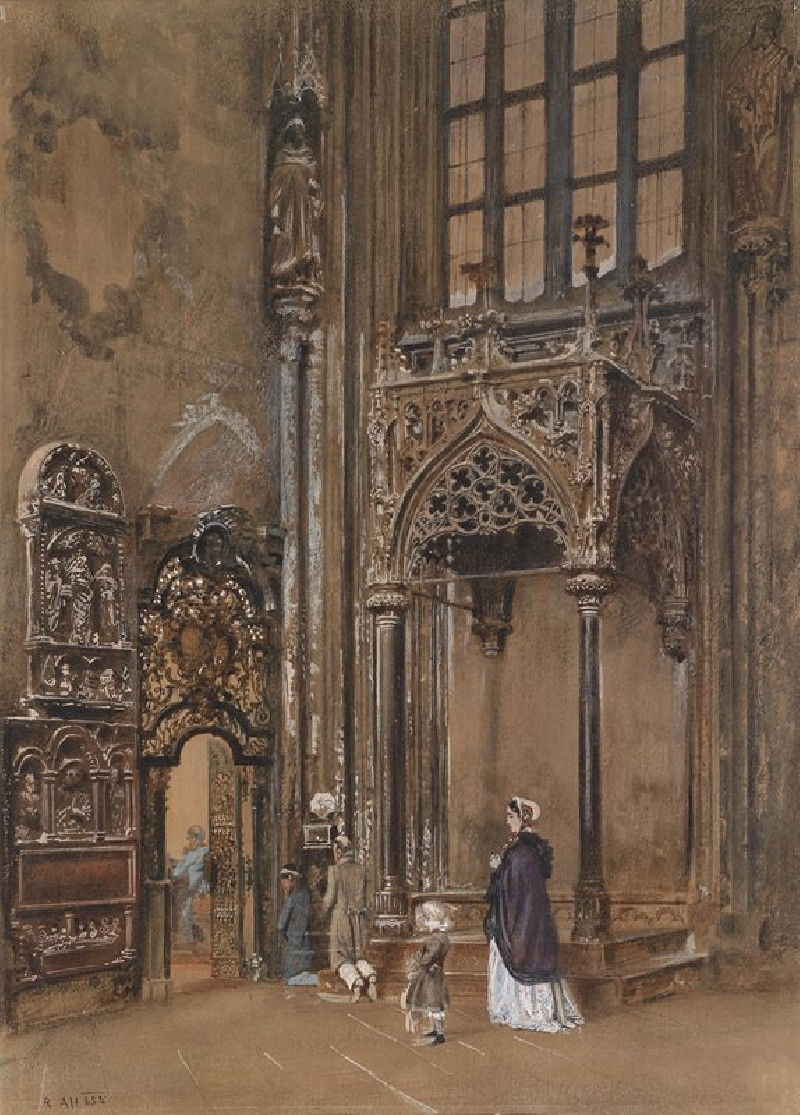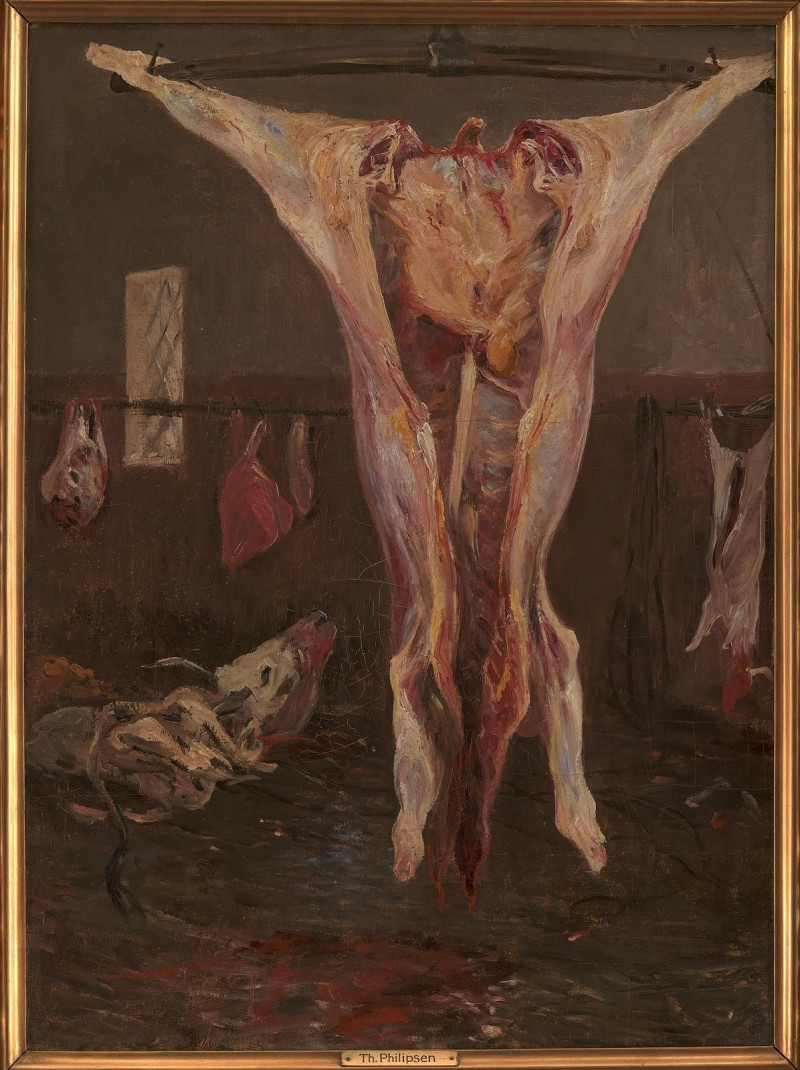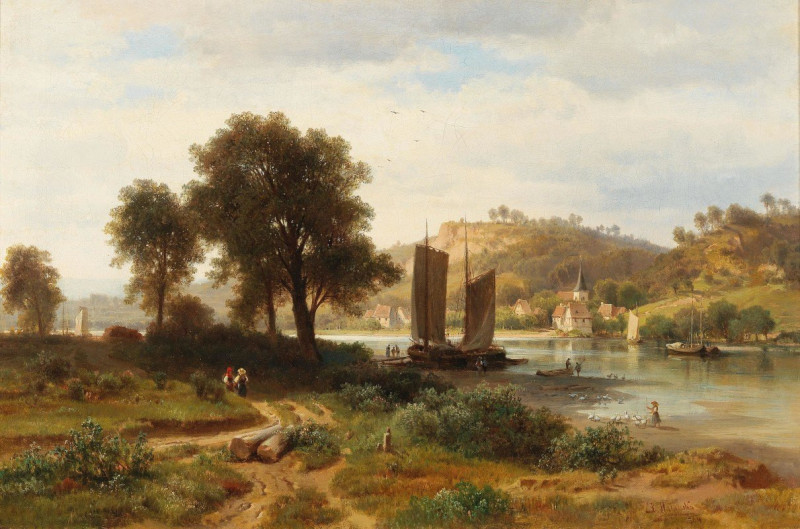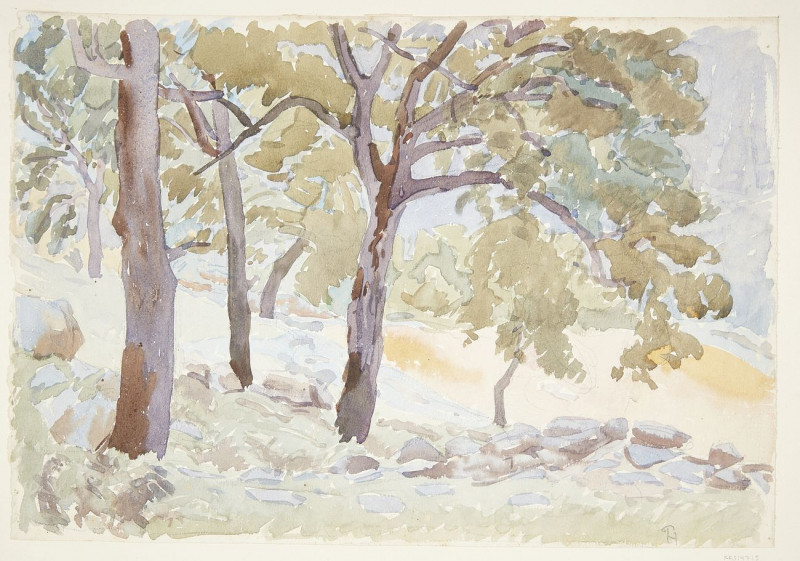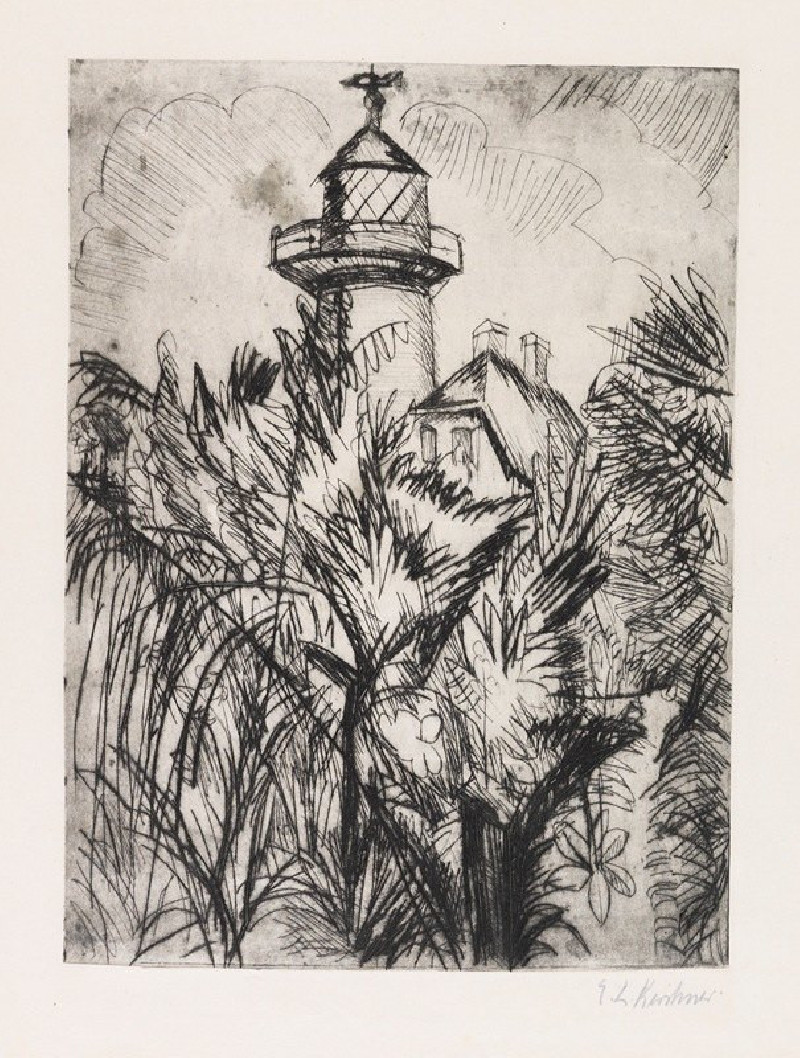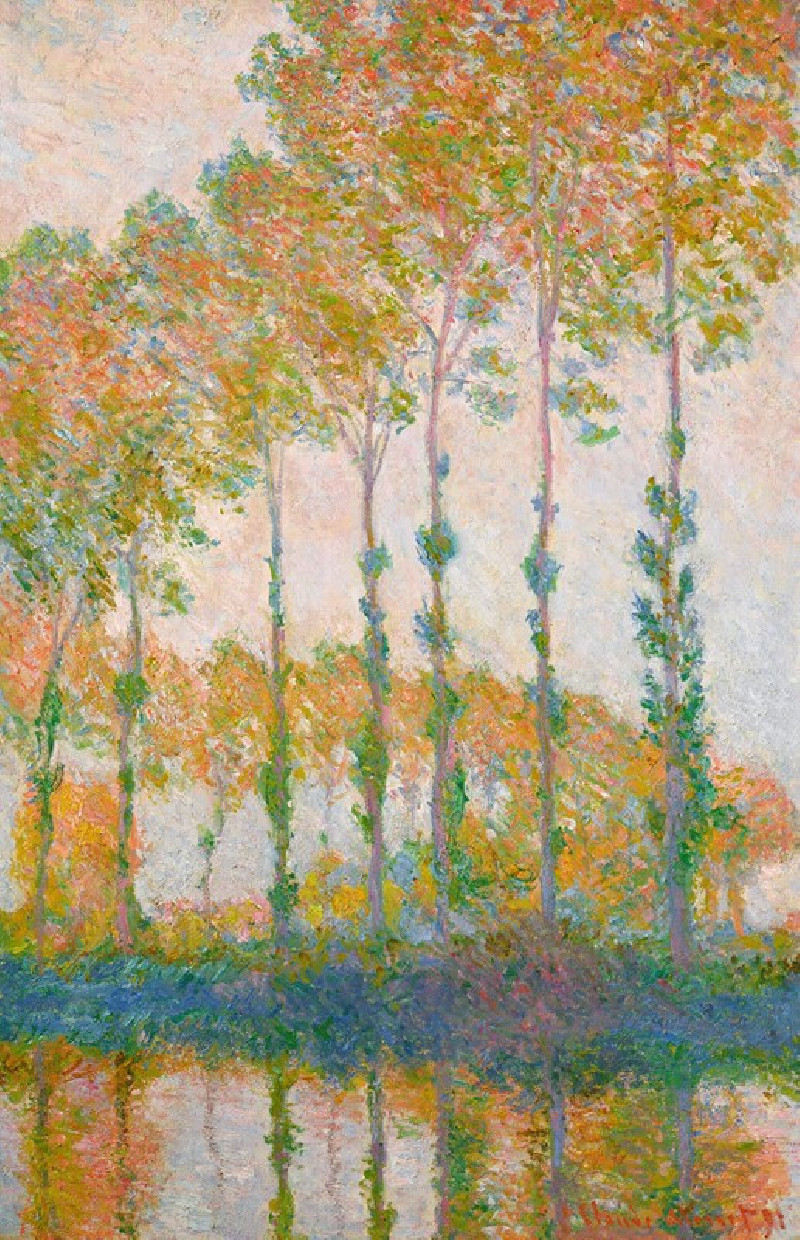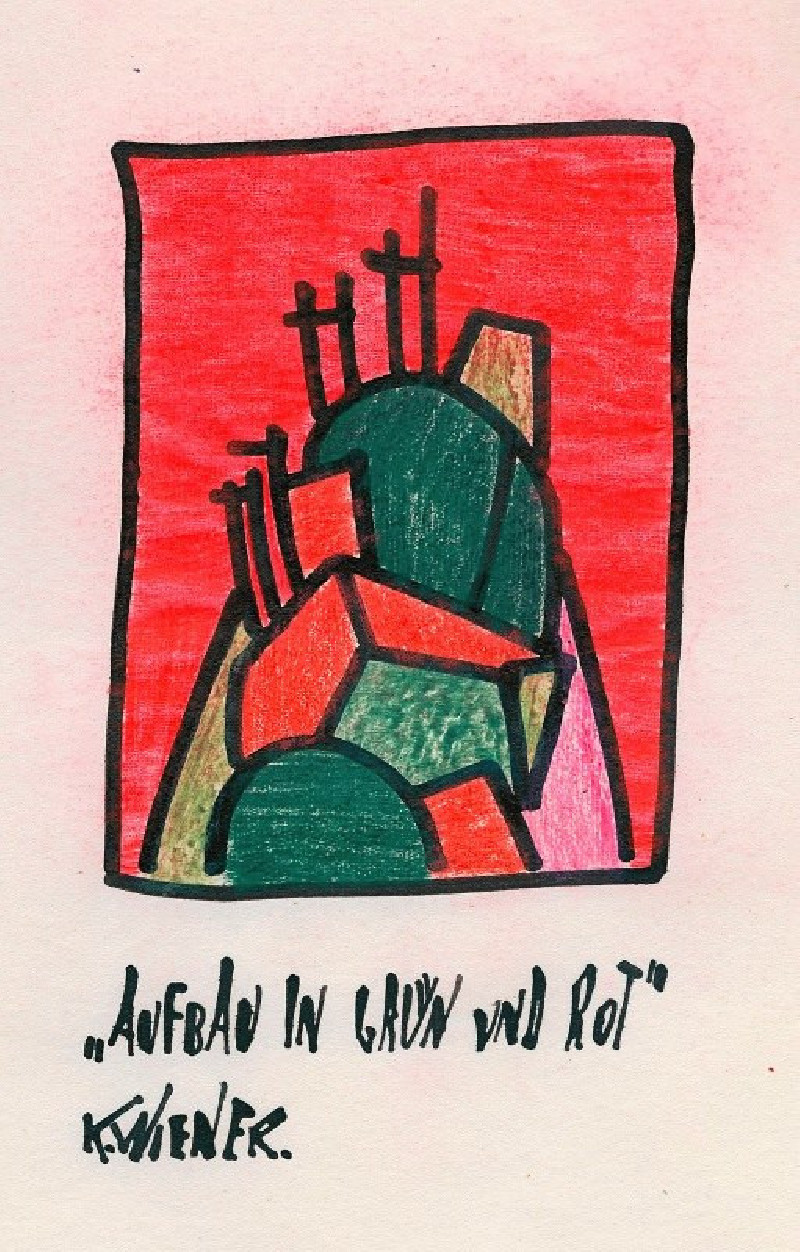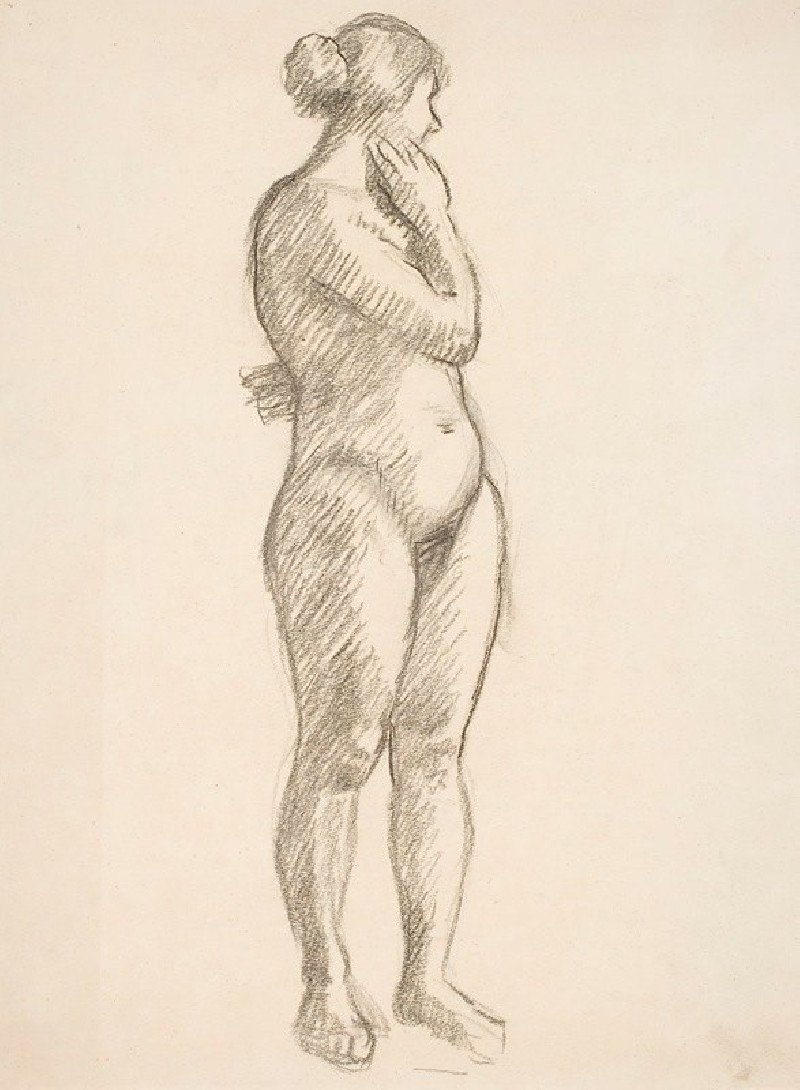Weiblicher Kopf (1914)
Technique: Giclée quality print
Recommended by our customers
More about this artwork
Welcome to our exploration of Ernst Ludwig Kirchner's captivating drawing titled "Weiblicher Kopf" from 1914. This artwork introduces viewers to a striking rendering of a female head, characterized by its expressive, sketch-like lines and compelling simplicity.In this drawing, Kirchner employs energetic, unrestrained strokes that convey a sense of motion and emotion. The visual focus is a woman's face, seen in profile. Her features are depicted with a few swift, confident blue lines against a plain, lightly-colored background, showcasing Kirchner's unique ability to capture depth and personality with minimal detail.Her hair is styled in what appears to be a loosely tied back fashion, with jagged lines suggesting a textured ribbon or wrap. The sense of immediacy in Kirchner's technique provides a window into the artist’s emotional and psychological state, drawing us into a deeper understanding of his subject.A defining element of this piece is its raw, almost unfinished quality, hinting at the fleeting nature of the moment captured. "Weiblicher Kopf" stands out as an intimate glimpse into the integration of Kirchner's personal feelings with his artistic expression, marking it as an essential viewing for enthusiasts and scholars of Expressionism.This artwork not only invites us to ponder the identity and story of the woman portrayed but also asks us to reflect on the broader context of art and emotion during the early twentieth century.
Delivery
Returns
Ernst Ludwig Kirchner (1880–1938) was one of the most important German Expressionist painters. He was a co-founder of Die Brücke, a group of German expressionist artists formed in Dresden in 1905. Die Brücke and Kirchner took inspiration from Vincent Van Gogh and Edvard Munch, as well as African and Oceanic art. They used woodblock printing as a medium to showcase their signature style: flat, unrealistic images with vivid colors. The recurring themes in Kirchner's artworks included exotic cultures, faraway landscapes, self-portraits, dancers and Berlin street life. His paintings and prints effectively portrayed non-European cultures despite the fact that he never traveled outside of Europe.
































